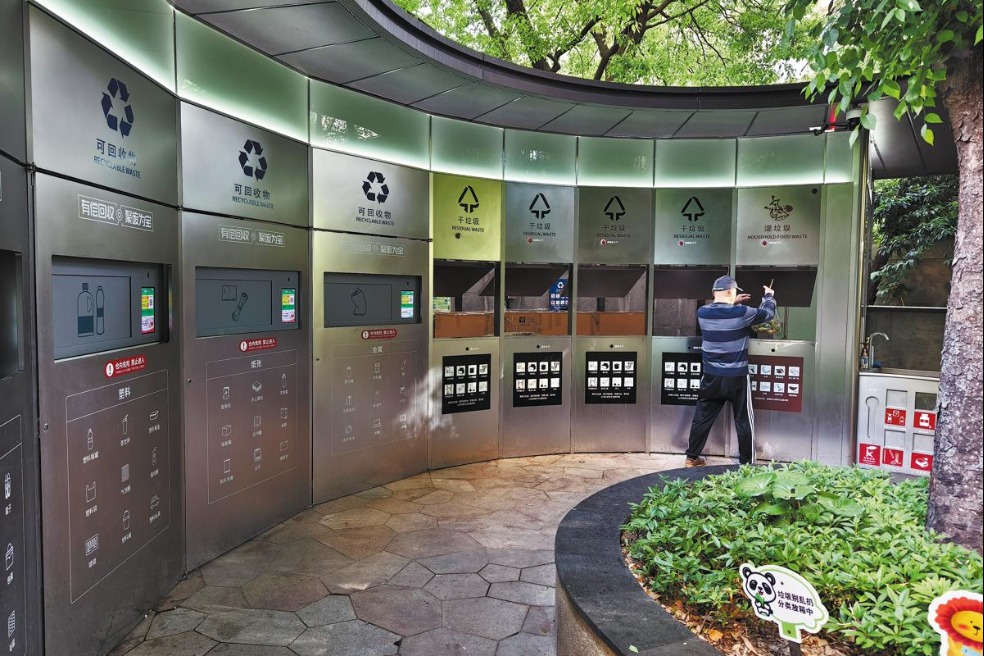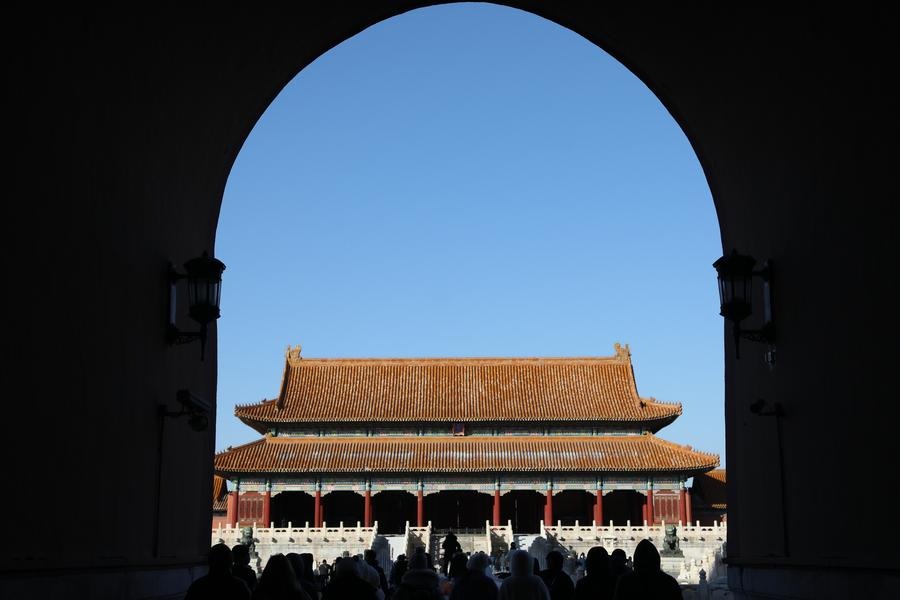Global South steps forward


'America First' accelerating strategic reorientation away from dependency on US-led systems
Amid the rapidly evolving global landscape, the traditional dominance of Western-led institutions is giving way to a more diversified multipolar order. The Global South — spanning Asia, Africa and Latin America — is increasingly asserting itself as a collective force in shaping global governance, trade and development norms. With rising economic clout, expanding regional blocs and a renewed focus on strategic autonomy, these nations are no longer passive participants in global affairs. Instead, they are crafting alternative frameworks rooted in equitable cooperation and resilient multilateralism.
Against this backdrop, the return of Donald Trump to the White House in 2025 signals a renewed emphasis on the "America First" doctrine — albeit in a world far more prepared to push back. While the administration initially revived hard-line rhetoric and protectionist impulses, including a proposed blanket tariff on Chinese imports, recent developments suggest a more measured trajectory. Both Washington and Beijing appear to be recalibrating. Rather than escalating into a full-blown trade war, the current dynamic points toward guarded negotiation, supply chain diversification and regional realignment — particularly in the Asia-Pacific region — where many Global South economies are emerging as pivotal stakeholders in the reshaping of global trade flows.
This shift in global dynamics has created space for the Global South to assert itself more cohesively. The expansion of BRICS — welcoming Egypt, Ethiopia, Indonesia, Iran and the United Arab Emirates as members — marks a turning point in the international order. Representing nearly half the world's population and over one-third of global output (based on purchasing power parity), the enlarged BRICS grouping has now surpassed the G7 on several economic indicators.
This expanded bloc is more than symbolic. It is actively pushing for structural reform of global institutions. Priorities include increasing the influence of developing economies in the International Monetary Fund and advocating for greater inclusivity within the United Nations — longstanding goals that reflect deep-seated frustrations with the Western-centric architecture of post-war global governance.
Financial sovereignty is also central to this effort. The BRICS-led New Development Bank, headquartered in Shanghai, is accelerating its shift toward issuing loans in national currencies to shield members from US dollar volatility. A new blockchain-based cross-border payment platform is also under development, aimed at reducing reliance on Western-dominated financial infrastructure such as SWIFT and mitigating the geopolitical weaponization of monetary tools.
Simultaneously, regionalism in Asia has gained new momentum through the Regional Comprehensive Economic Partnership. Encompassing 15 Asia-Pacific economies — including China, the members of the Association of Southeast Asian Nations, Japan, the Republic of Korea, Australia and New Zealand — the RCEP now accounts for about 30 percent of the global GDP and population. For countries, such as Indonesia, this partnership represents not only a practical trade mechanism but a signal of strategic reorientation away from dependency on US-led systems. The RCEP's role in tariff reduction, regulatory alignment and supply chain stabilization makes it a linchpin of regional resilience amid mounting geopolitical uncertainty.
Beyond trade, the diplomatic role of the Global South is also expanding. A notable shift occurred in 2023 when China facilitated a groundbreaking normalization of ties between Saudi Arabia and Iran. This agreement highlighted Beijing's growing influence and the Global South's willingness to lead in conflict resolution.
Across other regions, similar momentum is building. The African Continental Free Trade Area is aimed at unlocking the potential of intra-African commerce and reduce external dependency. Meanwhile, Latin American states are reinvigorating institutions such as the Community of Latin American and Caribbean States to assert greater control over their regional agenda — away from the fluctuations of US policy.
At the center of this Global South resurgence are China and Indonesia — two nations whose visions of partnership and pragmatism are shaping a multipolar era. China's Belt and Road Initiative, with projects now spanning over 150 countries, continues to set the pace for infrastructure-led development. The Jakarta-Bandung High-Speed Railway, operational since 2023, stands as a flagship of Sino-Indonesian cooperation and a tangible symbol of "infrastructure diplomacy".
Indonesia, led since October 2024 by President Prabowo Subianto, has adopted an "active non-alignment "policy, signaling its intent to engage with all major powers without becoming ensnared in bloc rivalry. By emphasizing ASEAN centrality, enhancing ties with both Washington and Beijing, and expanding its influence within BRICS and the Organization of Islamic Cooperation, Jakarta is positioning itself as a critical bridge-builder in this era of multipolar diplomacy.
This geopolitical shift is not only pragmatic, it is also deeply historical. The call to respect diverse development paths resonated across the Global South, particularly in nations that still bear the legacy of colonialism and structural exclusion.
This narrative reinforces the normative foundation for a new international system — one that challenges the premise of a single dominant power and instead seeks a fairer, more balanced global order.
Still, multipolarity is not without its own difficulties. Groups such as BRICS and the RCEP encompass a wide range of political models, economic structures and national interests. Building consensus can be arduous. Moreover, pressing global issues such as climate change, digital regulation and pandemic preparedness require collective responses that transcend ideological and regional divisions.
This was evident at COP29 in 2024, where negotiations faltered over disagreements between developed and developing nations on issues of climate finance and technology transfers. Without new frameworks for coordination and trust-building, such deadlocks may become more common in an increasingly fragmented world.
Nonetheless, the trajectory is clear. The US administration's reassertion of its unilateralism has acted as a powerful catalyst, galvanizing the Global South into action. Rather than waiting on the sidelines, these countries are taking the initiative — expanding economic cooperation, forging alternative financial systems, and strengthening regional institutions.
China, as a principal architect, and Indonesia, as a strategic bridge, are playing pivotal roles in driving this transformation. Together with other emerging powers, they are forging a global compact grounded in equity, sovereignty and mutual respect. The road ahead may be complex, but the direction is clear: the era of Western-dominated global governance is giving way to a more inclusive and balanced international system, one that reflects the true diversity of the modern world.
The author is an assistant professor at the Faculty of Economics and Business at the Indonesian International Islamic University and a member of the advisory board at the Reform Initiatives, Indonesia. The author contributed this article to China Watch, a think tank powered by China Daily.
The views don't necessarily reflect those of China Daily.
If you have a specific expertise, or would like to share your thought about our stories, then send us your writings at opinion@chinadaily.com.cn, and comment@chinadaily.com.cn.


































